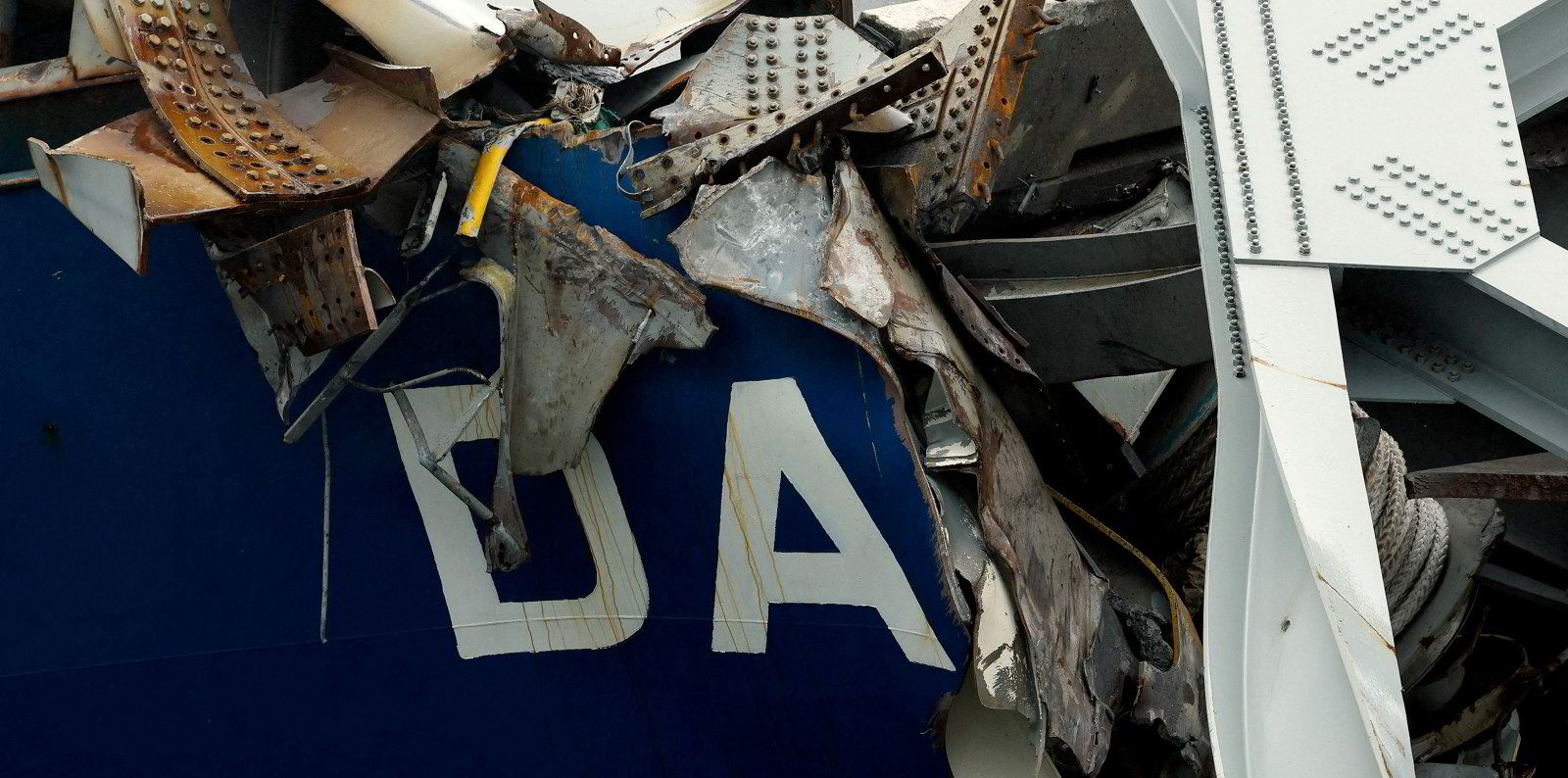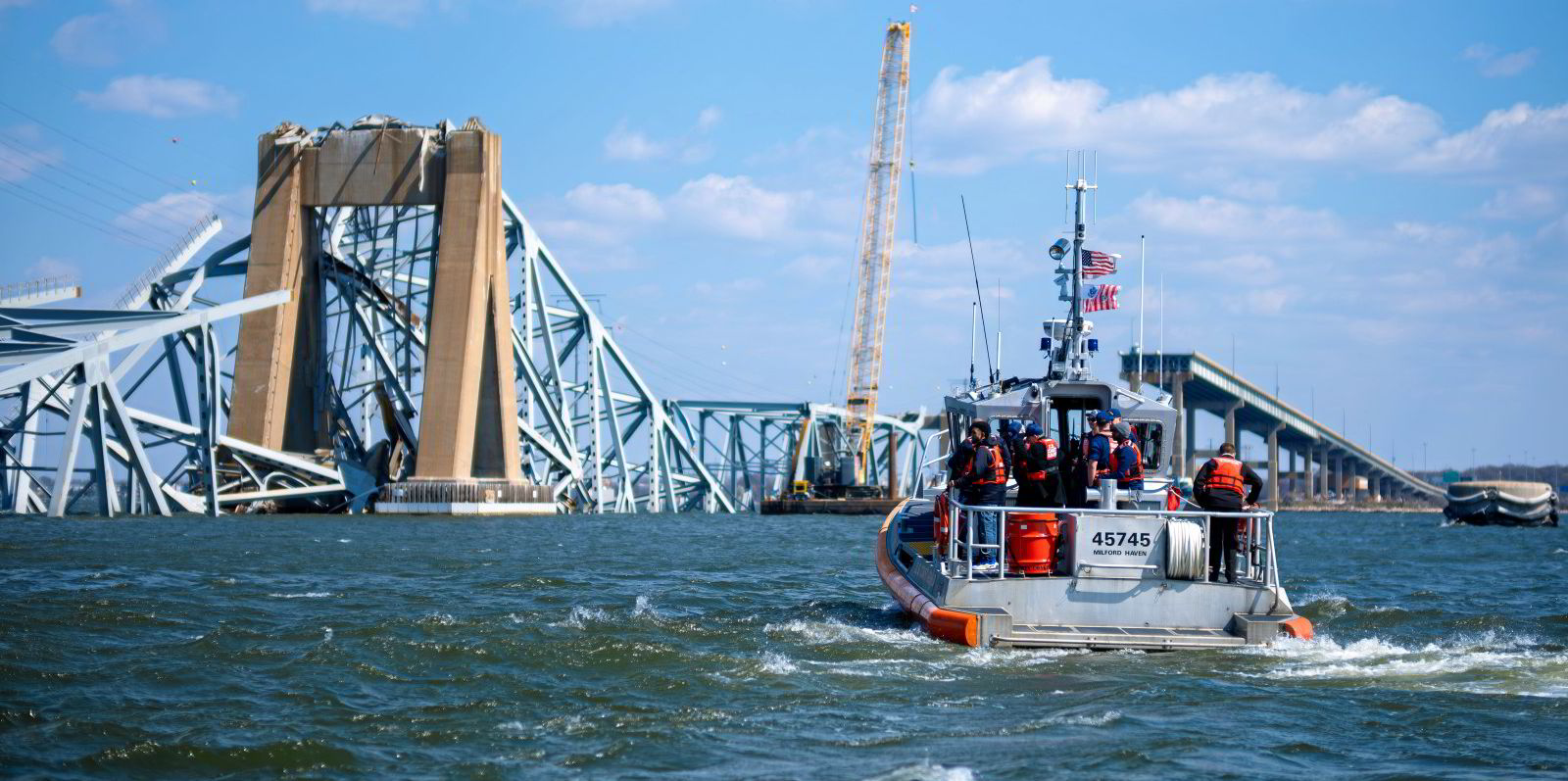The Baltimore bridge collapse has raised the profile of fuel contamination in shipping, even though investigators have yet to determine whether it played a role in the disaster.
Experts have pointed to the possibility that “bad fuel” was behind the power outages that struck the 9,962-teu container ship Dali (built 2015) before it hit the Francis Scott Key Bridge in Baltimore, Maryland on 26 March.

Overseas Shipholding Group chief executive Sam Norton said it would be premature to jump to conclusions, but noted the possibility that “bad fuel” may have resulted in a “cascading failure” on the ship.
“The marine industry has long suffered the effects of poor quality control for the fuels used in ships’ main and auxiliary engines,” he said on LinkedIn.
He said the introduction of low-sulphur fuel oil in recent years had made the problem more acute, as new blends introduce fresh risks.
That particular fuel may not have been a factor in the Dali incident, however.
FuelTrust, a US tech company that focuses on bunker supply chain data, analysed the Dali’s movements to determine that, at the time of the incident, it was probably operating on marine gas oil loaded in Busan, South Korea, or at a subsequent call at the Port of New York & New Jersey.
If the Dali was operating on the fuel procured in Busan, as the company believes is most likely, it would have been from the bottom of the tank.
If it was running on the fuel loaded at New York, it may have been mixed with contaminants from the prior loading, said FuelTrust chief executive Jonathan Arneault.
The ship’s behaviour and video of the incident suggest that the two power losses were caused by fuel, rather than action by the crew or pilot, he believes.
Arneault said that while 2022 saw a spike in fuel contamination problems due to widespread contagion at major bunker ports, in normal years about 10 of the world’s 60,000 ships face some form of fuel problem.
If the Dali’s power outage was a result of fuel contamination, it stands out for happening at the worst possible time and place.
“The only good out of this is that it now has people paying attention, hopefully, so that policymakers in the industry in general will take some action about it,” he said.
Arneault said that none of the companies associated with the Dali are customers of FuelTrust, so the company could not use its technology to analyse samples of the fuel.
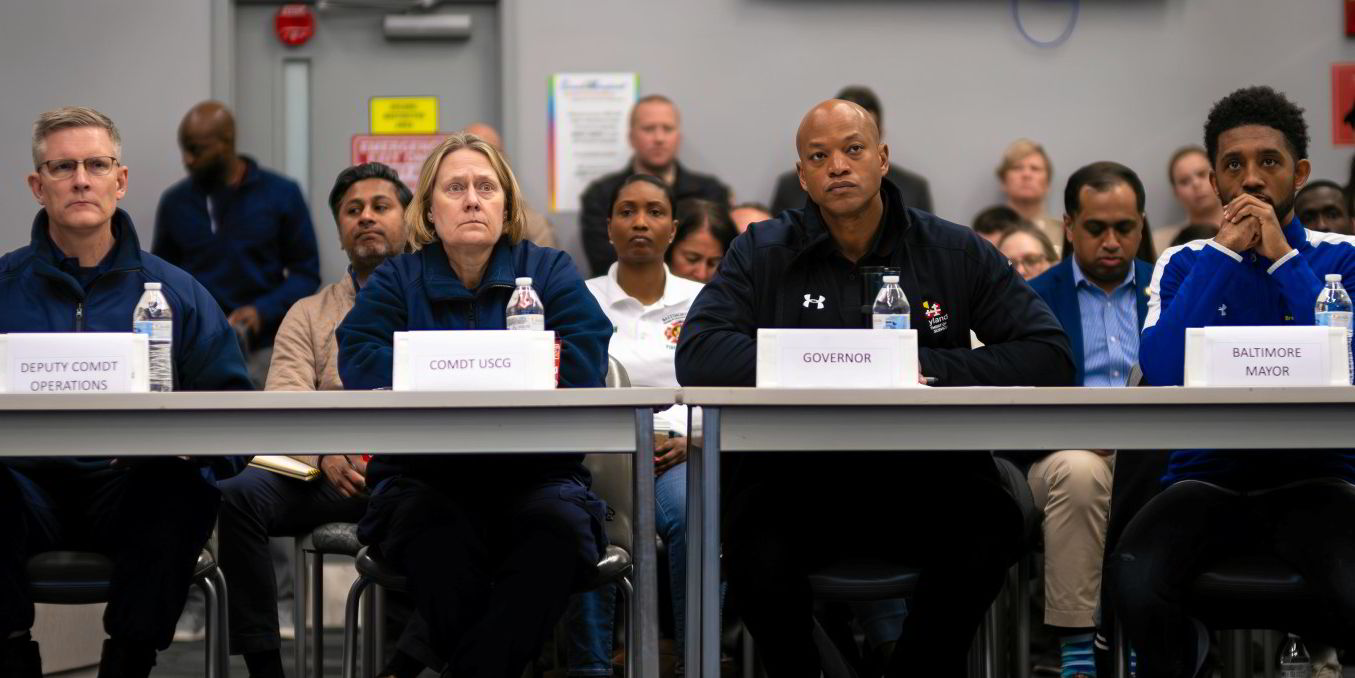
He said that technology exists, including the services offered by FuelTrust, to do far more than regulations require to analyse the quality of fuel.
“There is a general malaise, an acceptance of existing behavioural patterns, because people don’t know that they can use newer technologies … that lower the cost, the expense and the liabilities of trying to ensure there’s a secure and trustable fuel supply chain,” he explained.
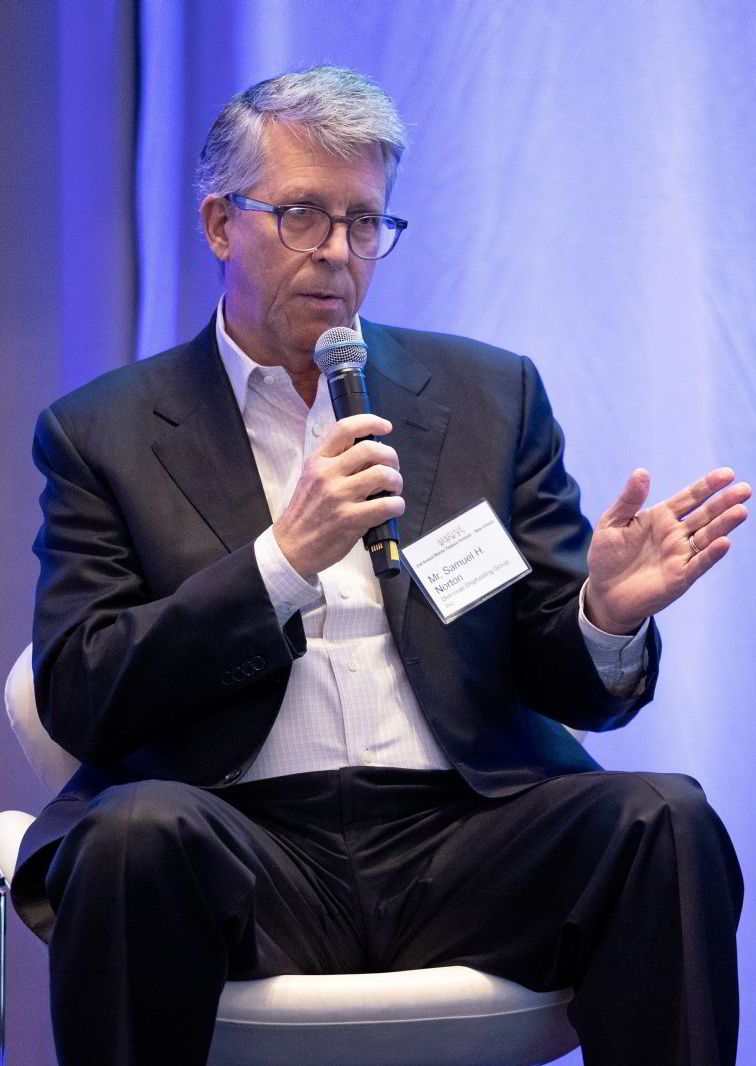
Arneault said that while fuel suppliers have to test the fuel, and shipping companies test fuel that comes on board, the two tests are not typically compared unless there is an incident.
When a shipowner buys fuel from a supplier, the company receives a certificate of the fuel that the supplier typically sells, not the actual volumes it receives, because the transaction is carried out well before delivery.
Technology can provide a solution to both problems.
Asked about regulatory solutions, Arneault pointed to the Maritime & Port Authority of Singapore, which requires that all fuel tests be reported to authorities, although not back-to-back assessments before and after lifting the fuel to a ship.
“At least now somebody is looking over the shoulder to ensure the quality that’s delivered in that port, we would posit that can be a global thing,” he said.
But there needs to be the capability for a shipowner to identify its fuel before it comes on board and to create an early warning system if there are adulteration or compatibility problems with the bunkers.
He said regulations on bunker barge cleaning are also weak.
The Dali is owned by Singapore-based Grace Ocean and managed by Synergy Marine is the technical manager. Asked about the fuel contamination question, Synergy spokesman Darrell Wilson said the company is participating in the investigation into the incident.
“Out of respect for the investigation process we will not be able to answer these questions at this time,” he said.
Denmark’s AP Moller-Maersk is the charterer of the ship.
39%
The percentage of bunker fuel that FuelTrust found between 2019 and 2022 that had at least 2% lower fuel content compared with the amounts stated in delivery paperwork, mostly as a result of water insertion, according to a 2022 white paper.
33%
The percentage of very low-sulphur fuel oil samples analysed that had a lower density declared on their bunker delivery note compared with the actual lab-tested density of the fuel.
16%
The percentage of insurance claims for machinery issues that are attributed to damage to the main engine caused by the use of off-specification bunkers, according to protection and indemnity clubs. Machinery issues are 48% of all claims.
“We are closely following the investigations conducted by authorities and the vessel operator as well as conducting our own investigation,” Maersk spokesman Kevin Doell told TradeWinds, adding that the liner giant could not provide further comment.
Jennifer Homendy, chair of the National Transportation Safety Board (NTSB), told reporters that fuel quality will be examined as the agency investigates the Dali incident.
“As part of any investigation by the NTSB, we look at the fuel system,” she said in a media briefing.
“We collect a sample of the fuel … That sample will be taken and we will analyse the quality for any sort of contaminants. We’ll look at viscosity. That will be part of our investigation.”
How big a problem is contaminated fuel in shipping?
Arneault said that in a 2022 report, 39% of fuel tested by FuelTrust was found to have significant water insertion in fuel between leaving the original supplier and being delivered to a ship.
“That’s not a bad fuel, but somebody adulterated that fuel in order to make a higher profit,” he said.
“There’s a very low-end example, but one that does cause risk, because what if it’s not just water? What if it’s used motor oil?”
He said that happens often in shipping, and there are ways to test for it that are not commonly used.
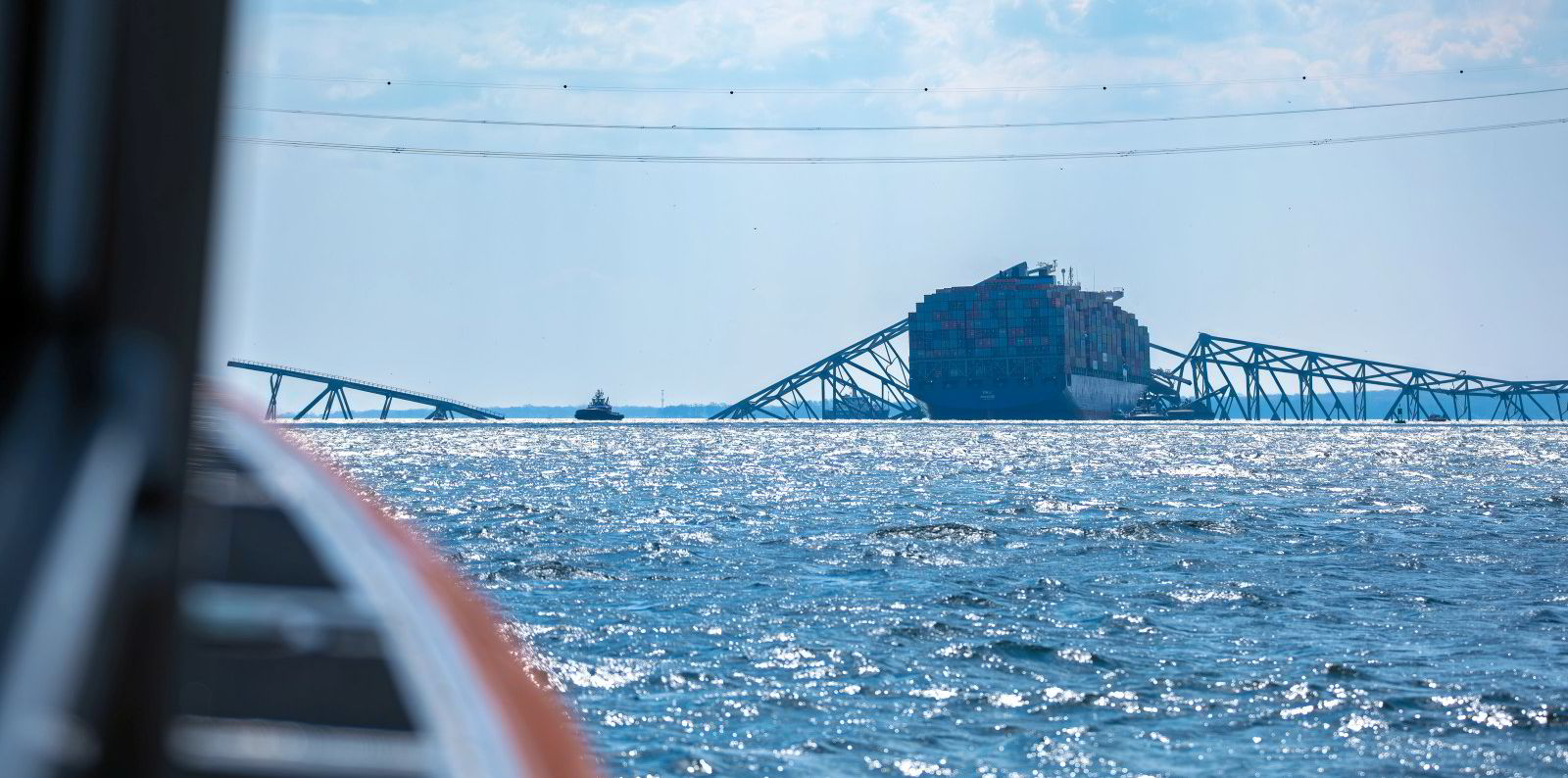
FuelTrust estimates that between 3% and 7% of bunker fuels have monetary fraud, content fraud or adulteration in some form.
In his LinkedIn post, Norton said inconsistent fuel quality would never be tolerated in the aviation sector.
“Why should it be allowed to persist in the marine sector?” he asked.
“As with most issues in the marine industry, public ignorance of the potential impact of marine incidents keeps such technical issues out of sight more often than not until tragedy strikes.”
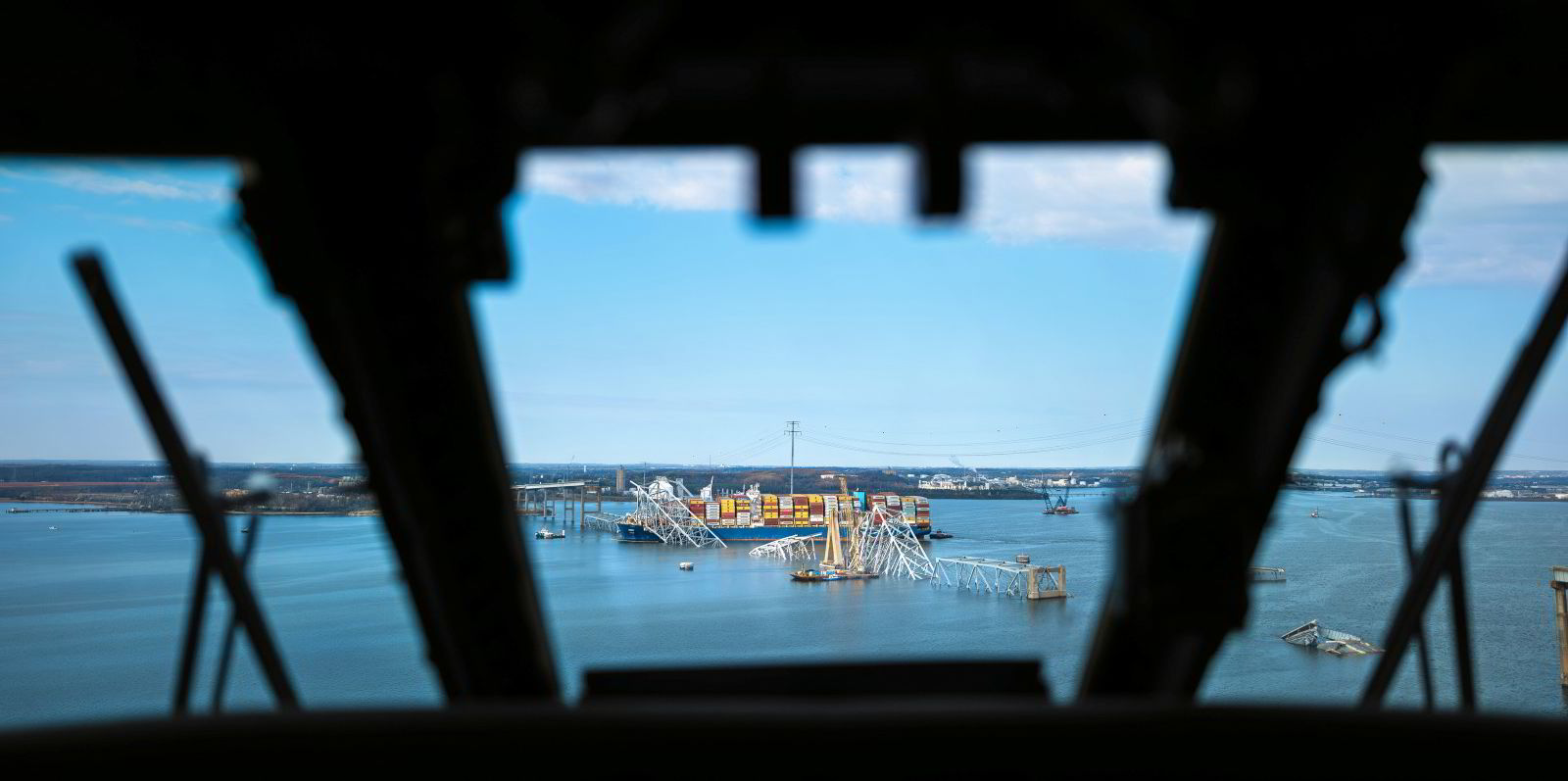
Read more
- Preventing ship blackouts: What can we learn from major casualties?
- Wallenius Wilhelmsen to suffer $10m hit from Baltimore bridge disaster
- Footage shows destruction on Baltimore bridge crash container ship as second channel opens up
- Judge’s order corrals Dali bridge disaster into single case in Maryland
- ‘Difficult to explain’: Capesize plunge extends despite some cargo volumes hitting year highs
